Indigenous communities around the world create stunning handicrafts rich in history and culture. These unique items offer a glimpse into the traditions and skills passed down through generations. Each piece tells a story, showcasing the artistic expression of its people. This article explores some of the most remarkable handicrafts from various indigenous cultures. Let’s dive into the fascinating world of indigenous handicrafts.
Navajo Rugs (USA)
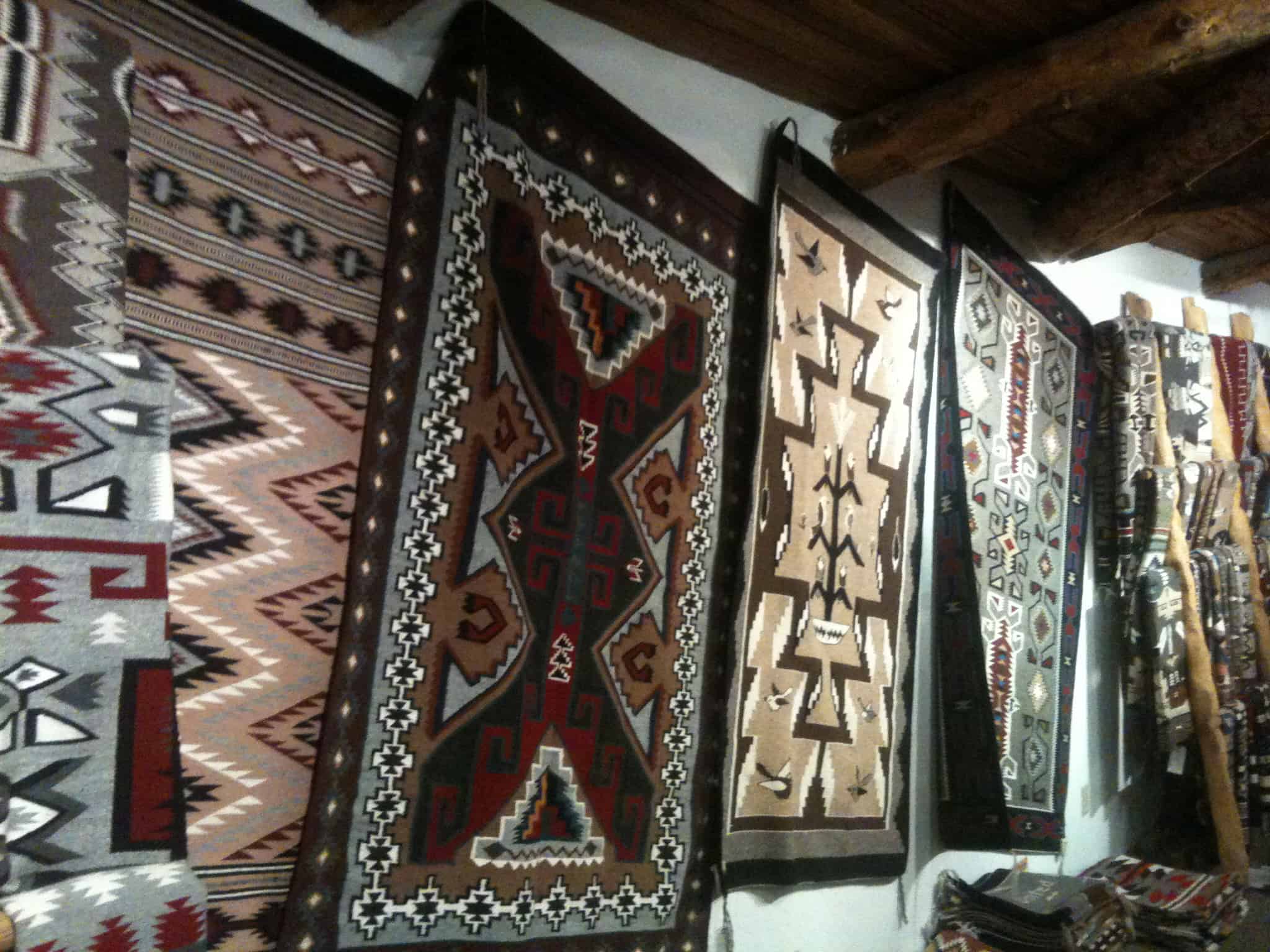
Navajo rugs are renowned for their intricate designs and rich history. Handwoven by Navajo artisans, these rugs often feature geometric patterns and vibrant colors. Each rug is unique, symbolizing the weaver’s creativity and heritage. Originating in the American Southwest, Navajo rug weaving dates back to the 17th century. Collectors highly value these rugs for their craftsmanship and cultural significance, with prices ranging from $1,000 to $20,000 depending on size and complexity.
Huichol Bead Art (Mexico)
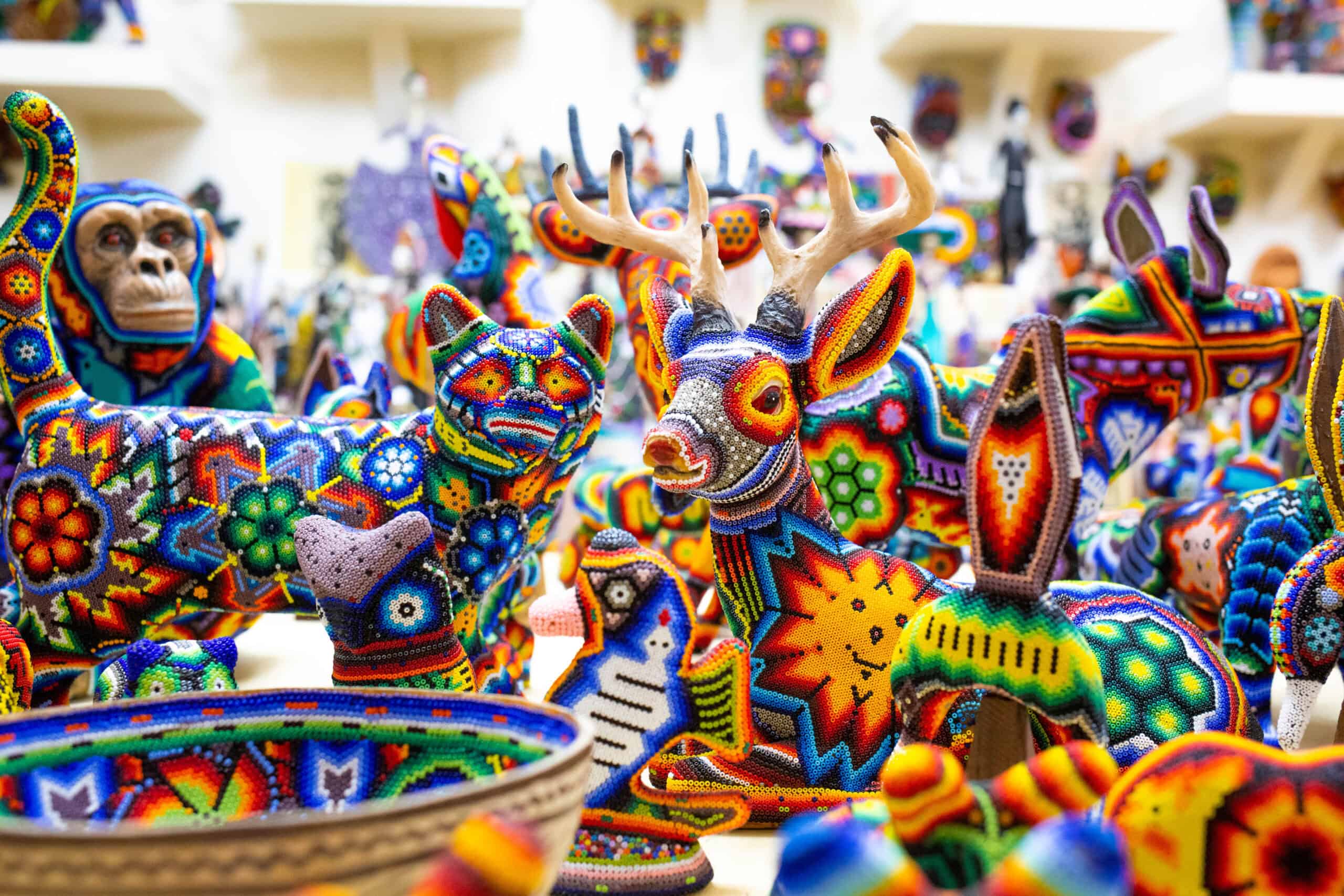
Huichol bead art is a vibrant and intricate form of indigenous craft from Mexico. Created by the Huichol people, these artworks are made by pressing colorful beads into beeswax on wooden or ceramic objects. The designs often depict spiritual symbols and natural elements. This tradition has deep roots in Huichol culture, reflecting their connection to nature and spirituality. Collectors admire Huichol bead art for its detail and cultural richness, with pieces valued between $200 and $5,000.
Zulu Baskets (South Africa)

Zulu baskets, handcrafted by Zulu women in South Africa, are both beautiful and functional. Made from locally sourced materials like palm leaves and grasses, these baskets feature intricate patterns and vibrant colors. The weaving techniques have been passed down through generations, preserving the Zulu heritage. Each basket is unique, reflecting the weaver’s skill and creativity. These baskets are prized for their craftsmanship and cultural significance, with prices ranging from $50 to $500.
Maori Wood Carvings (New Zealand)
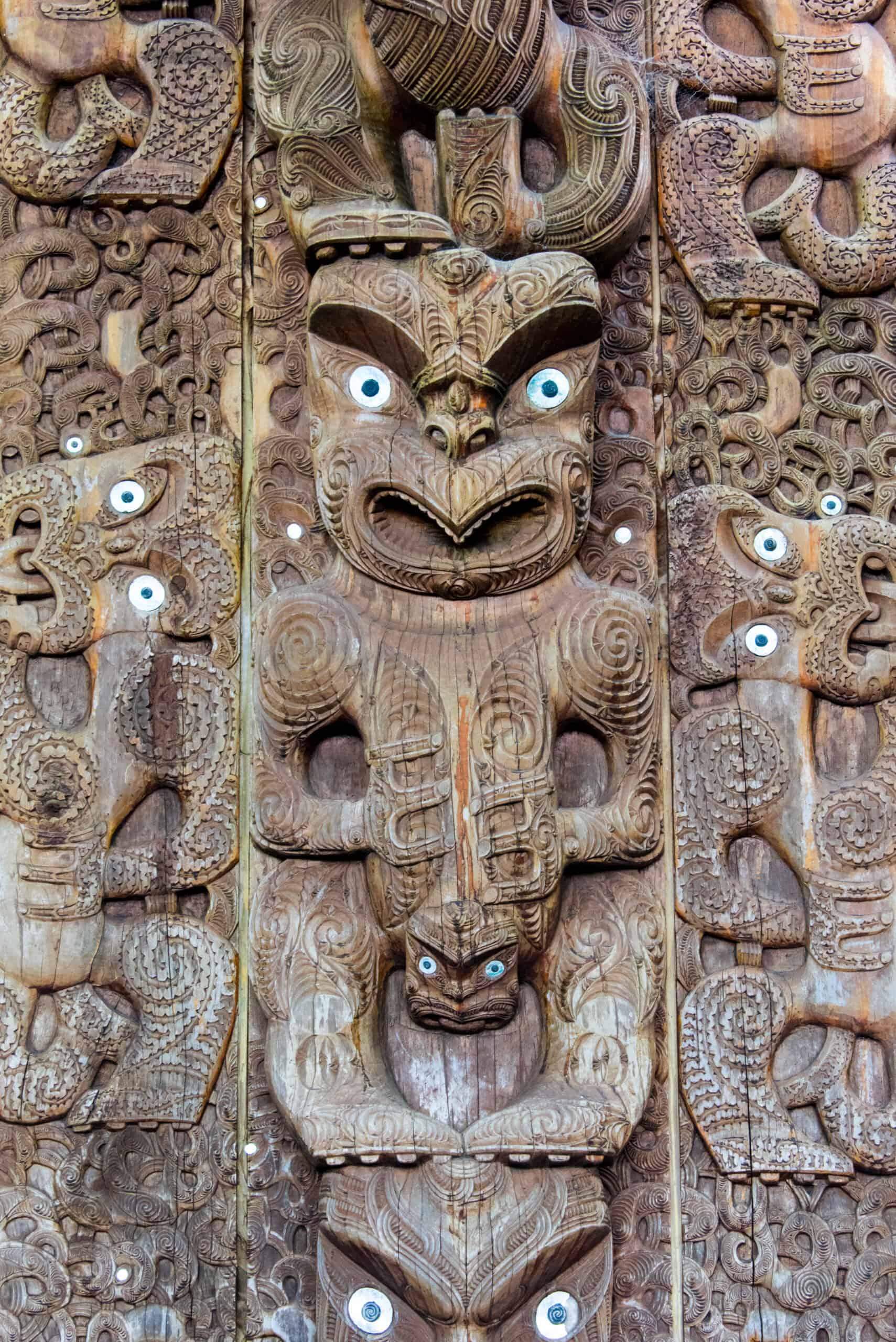
Maori wood carvings are an integral part of New Zealand’s cultural heritage. These intricate carvings, often depicting ancestral figures and spiritual symbols, are crafted from native woods like totara and kauri. The tradition dates back centuries, with each piece telling a story of the Maori people and their beliefs. Collectors and historians value these carvings for their artistry and cultural depth, with pieces often valued between $500 and $10,000.
Shipibo-Conibo Textiles (Peru)
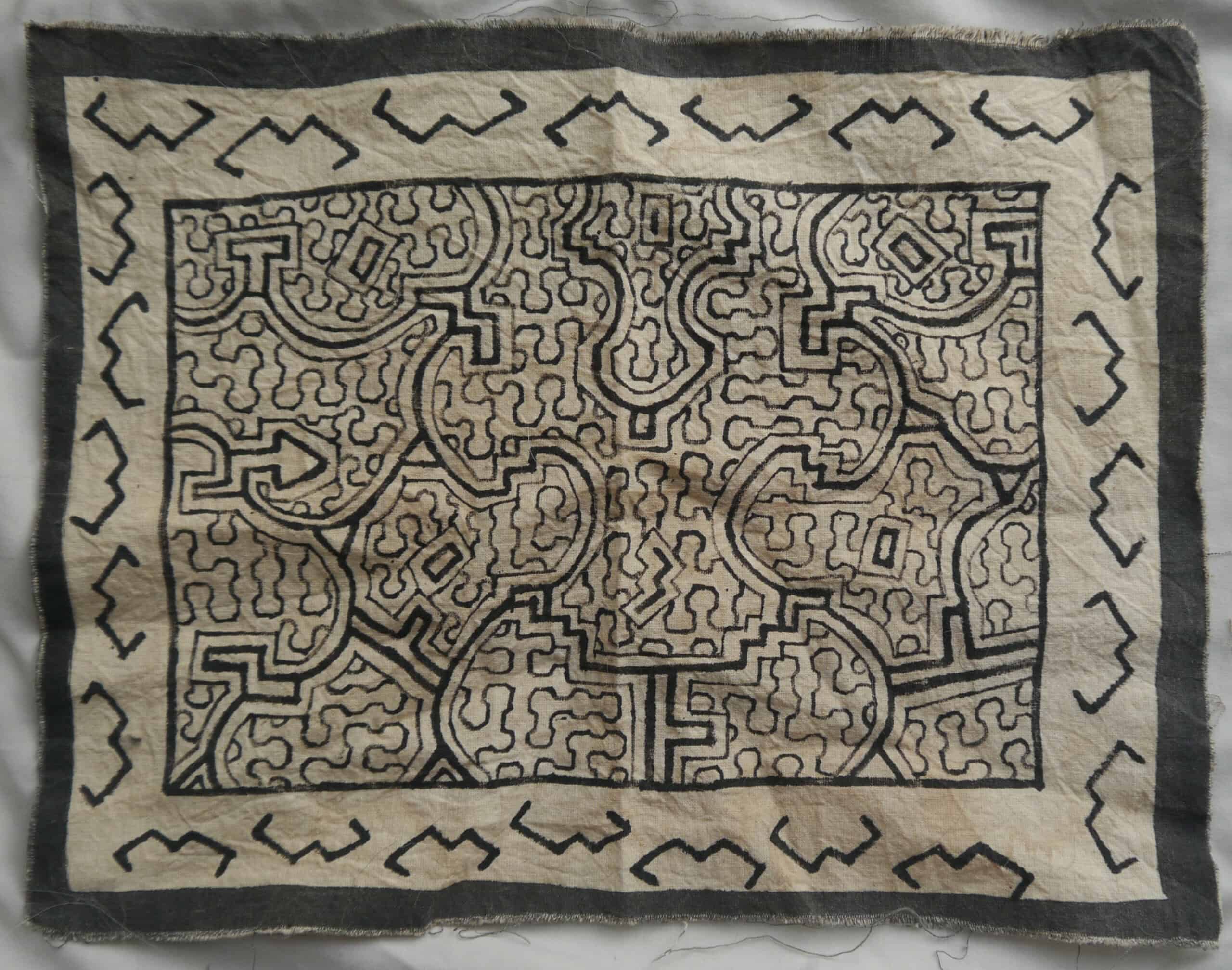
Shipibo-Conibo textiles, created by the indigenous Shipibo-Conibo people of Peru, are renowned for their intricate designs and vibrant colors. These textiles often feature geometric patterns inspired by visions from traditional ceremonies. The process involves hand-weaving cotton threads and natural dyes, showcasing the artisans’ skills. These textiles hold cultural and spiritual significance, making them highly valued by collectors, with prices ranging from $200 to $3,000.
Sami Duodji (Scandinavia)
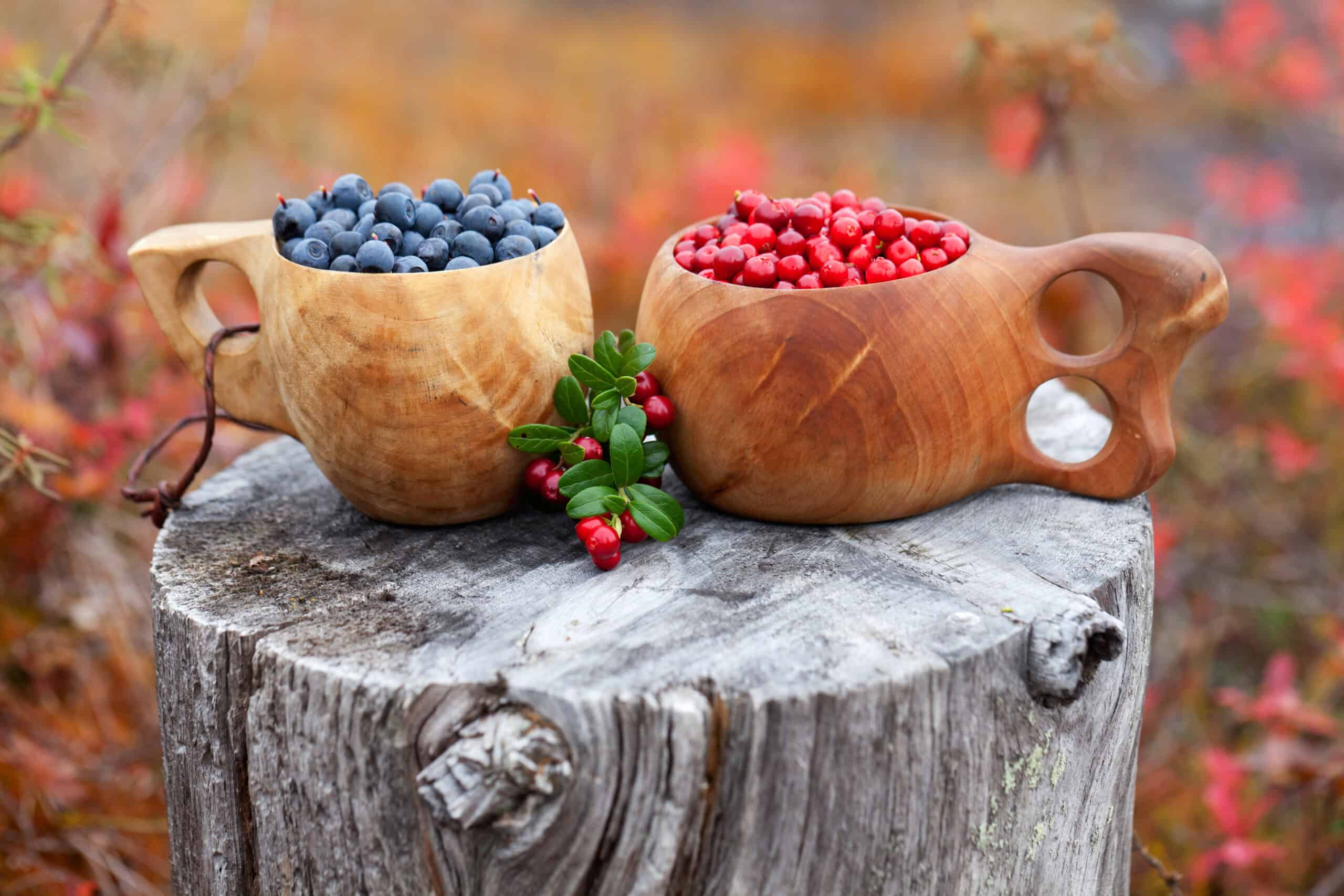
Sami duodji refers to the traditional handicrafts of the Sami people in Scandinavia. These crafts include items like knives, jewelry, and clothing, often made from natural materials like reindeer antler and leather. The designs are practical yet artistic, reflecting the Sami’s connection to their environment. Passed down through generations, duodji holds cultural importance and showcases the Sami’s craftsmanship. Collectors appreciate these items for their unique blend of utility and beauty, with values ranging from $100 to $2,000.
Aboriginal Dot Paintings (Australia)
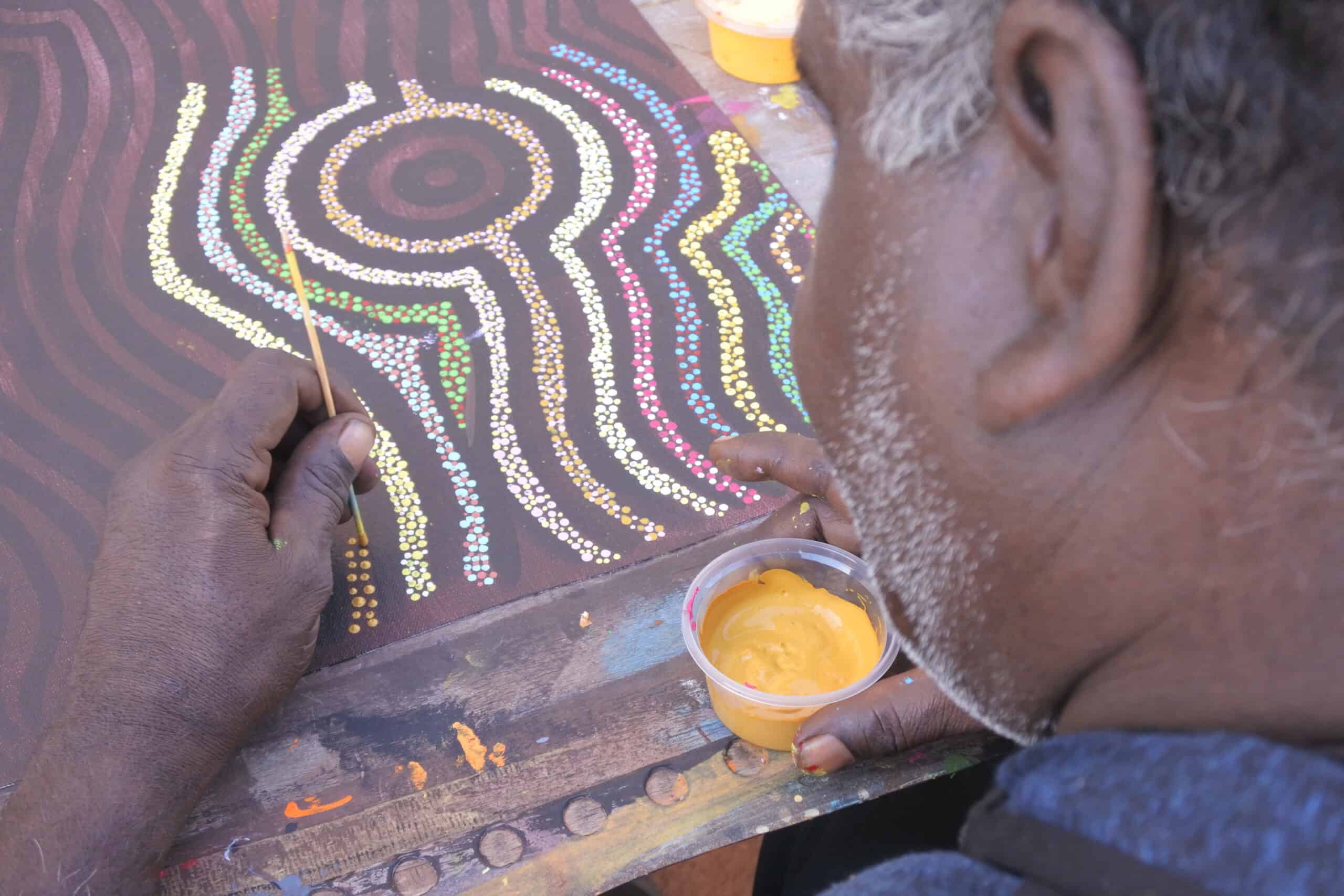
Aboriginal dot paintings are a distinctive form of indigenous Australian art. Created using dots of natural pigments, these paintings often depict stories from the Dreamtime, the Aboriginal creation period. Each painting is unique, reflecting the artist’s heritage and spiritual beliefs. This art form has been practiced for thousands of years, passed down through generations. Collectors and art enthusiasts value dot paintings for their cultural depth and visual impact, with prices ranging from $500 to $50,000 depending on size and complexity.
Inuit Soapstone Carvings (Canada)
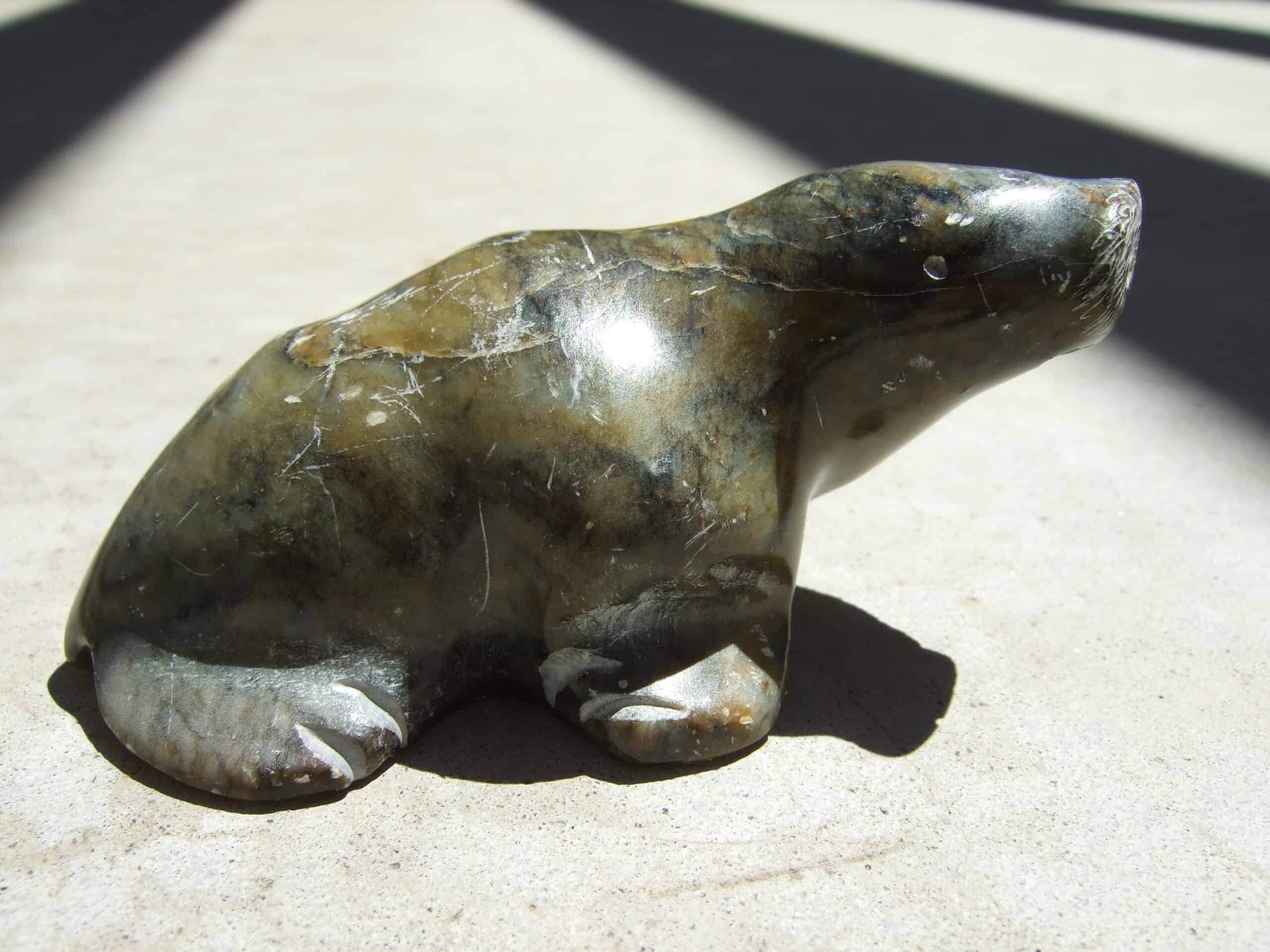
Inuit soapstone carvings from Canada are renowned for their detailed and expressive forms. These carvings often depict animals, spirits, and daily life scenes, reflecting Inuit culture and traditions. Crafted from locally sourced soapstone, each piece is unique, showcasing the artist’s skill and vision. The tradition of soapstone carving dates back centuries, making these items valuable for their historical and cultural significance. Prices for these carvings typically range from $200 to $5,000.
Andean Weavings (Bolivia)
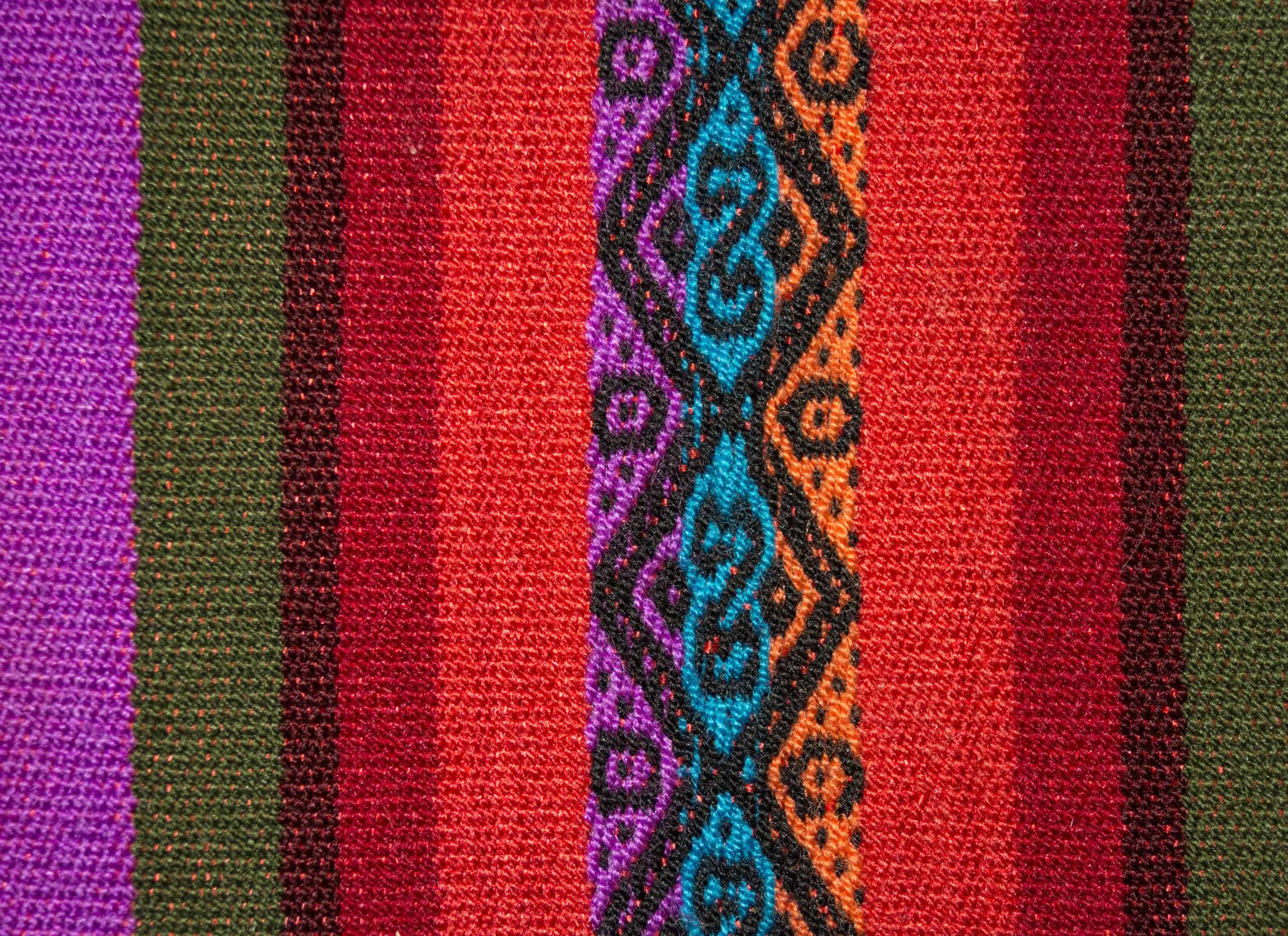
Andean weavings from Bolivia are celebrated for their vibrant colors and intricate patterns. Crafted by indigenous artisans, these textiles are made using traditional techniques passed down through generations. The designs often feature geometric shapes and natural motifs, reflecting the Andean culture and environment. These weavings hold cultural significance and are highly valued by collectors for their beauty and craftsmanship, with prices ranging from $100 to $1,500.
Maasai Beadwork (Kenya)
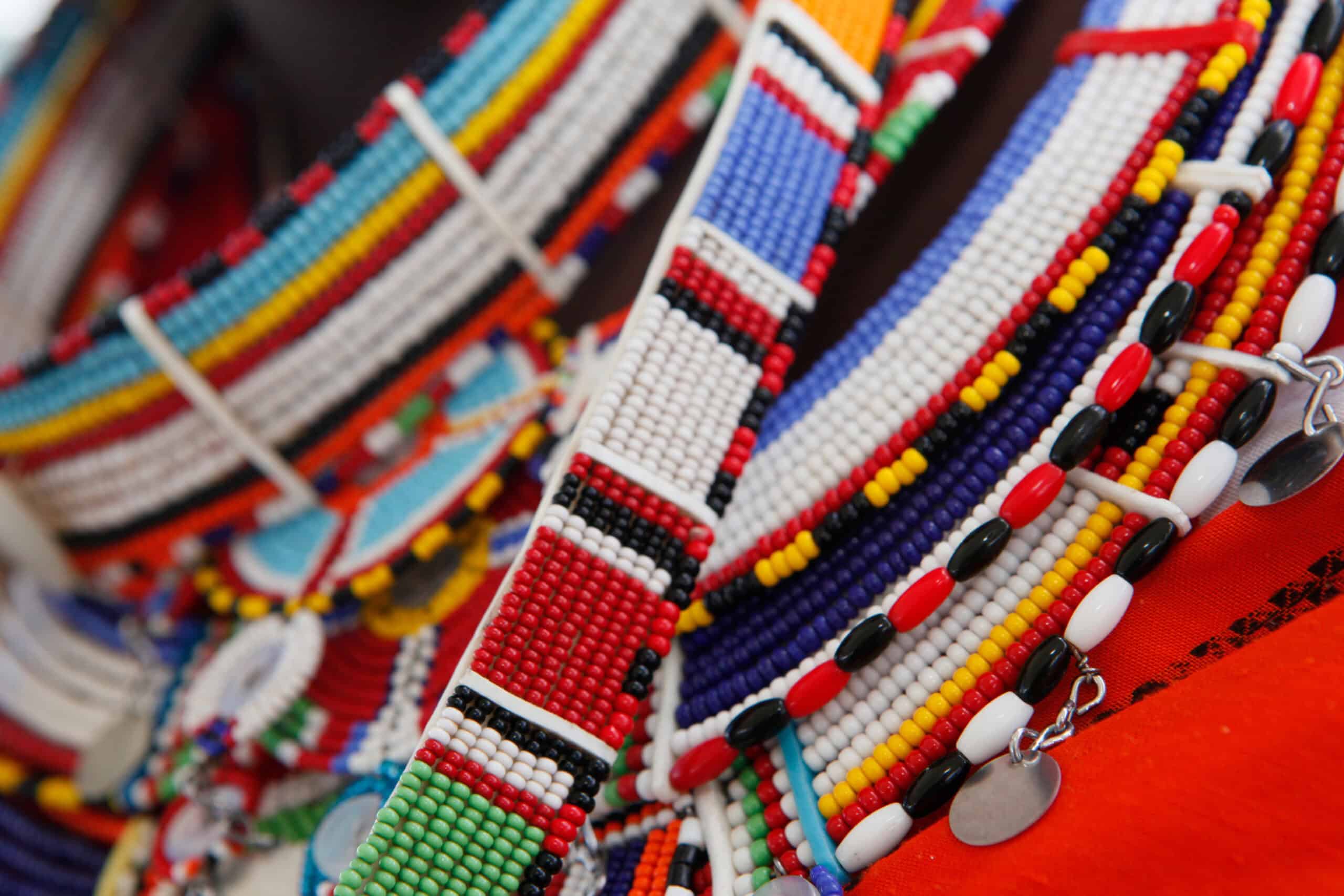
Maasai beadwork is renowned for its vibrant colors and intricate patterns. Created by Maasai women, these pieces include jewelry and adornments. The beadwork often symbolizes social status, age, and marital status within the community. This tradition has been part of Maasai culture for centuries, showcasing their artistic skills. Collectors highly value Maasai beadwork for its beauty and cultural significance, with prices ranging from $50 to $500.
Cherokee Pottery (USA)
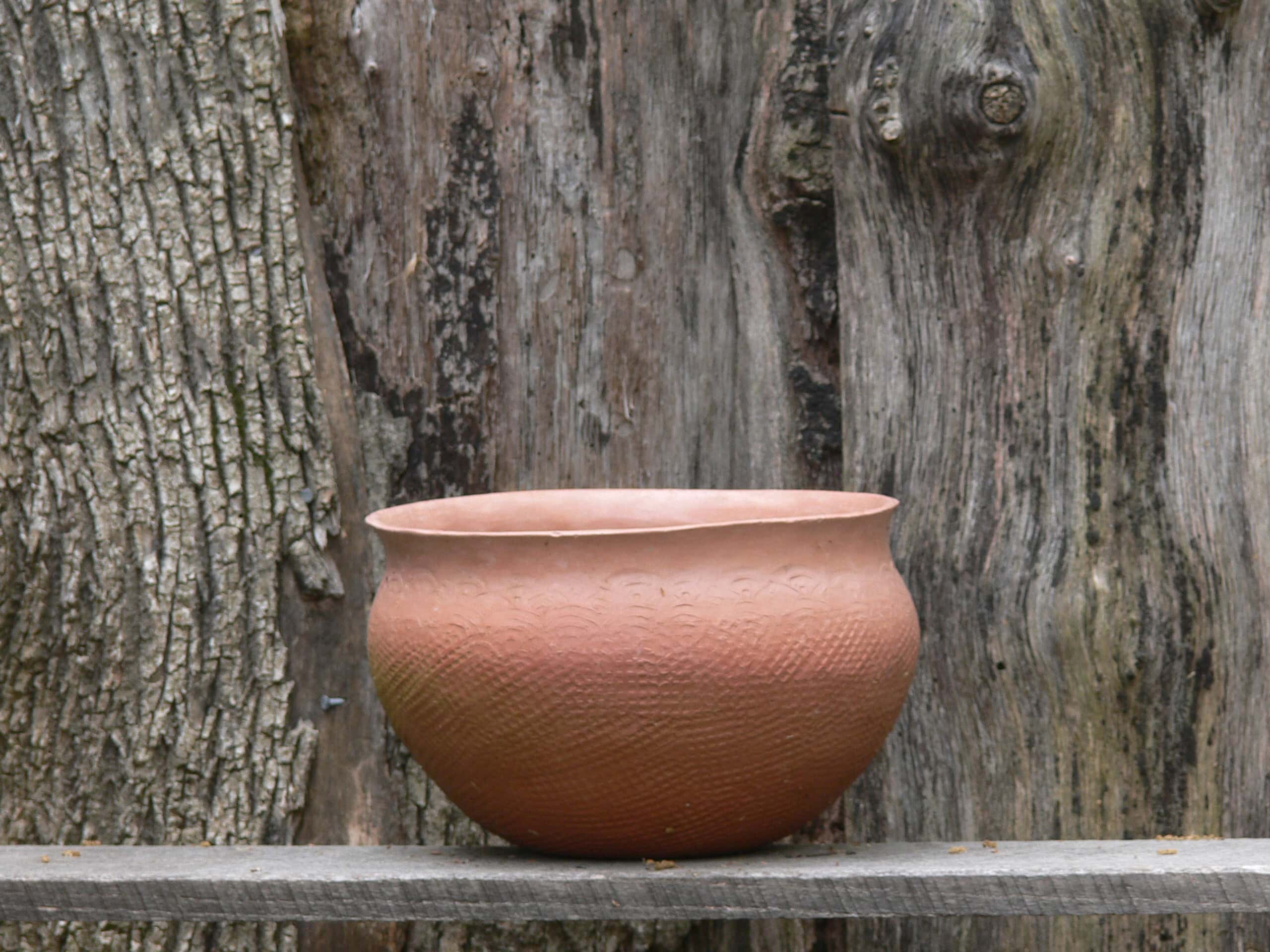
Cherokee pottery is a traditional craft passed down through generations of Cherokee artisans. These pieces are often made from locally sourced clay and feature intricate designs and patterns. The pottery reflects Cherokee culture and traditions, with each piece telling a story. Historically, this craft has been essential for both practical and ceremonial purposes. Collectors prize Cherokee pottery for its craftsmanship and cultural value, with prices ranging from $100 to $2,000.
Hmong Embroidery (Vietnam/Laos)
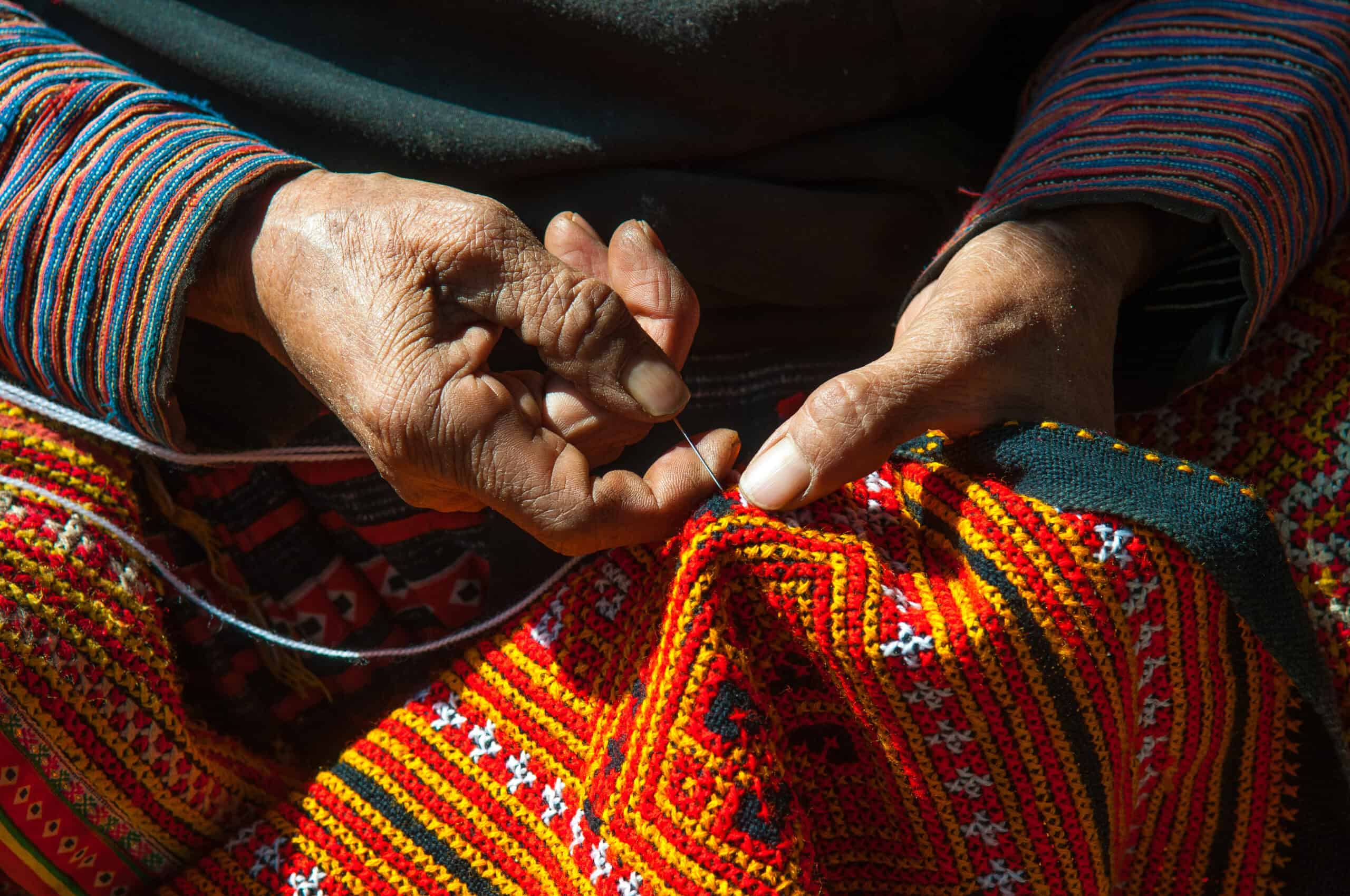
Hmong embroidery is a beautiful and intricate form of textile art. Created by the Hmong people, these textiles often feature detailed patterns and vibrant colors. The embroidery reflects the Hmong culture, with designs often inspired by nature and traditional symbols. This craft has been practiced for generations, passed down from mothers to daughters. Collectors and textile enthusiasts highly value Hmong embroidery for its artistic quality and cultural significance, with prices ranging from $50 to $1,000.
This article originally appeared on Rarest.org.
More from Rarest.org
1996 Roosevelt Dime Value Guide
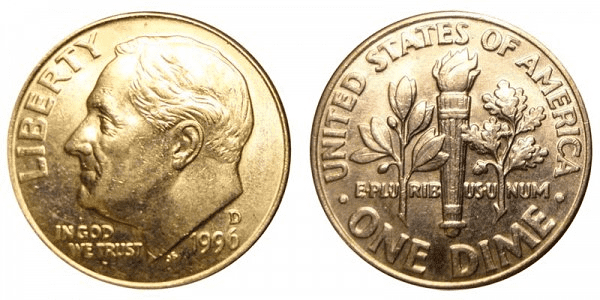
Are you looking for a new 10-cent coin to add to your collection? If yes, then you should consider the 1996 dime. Read More.
16 Most Coveted Antiques and Their Provenance
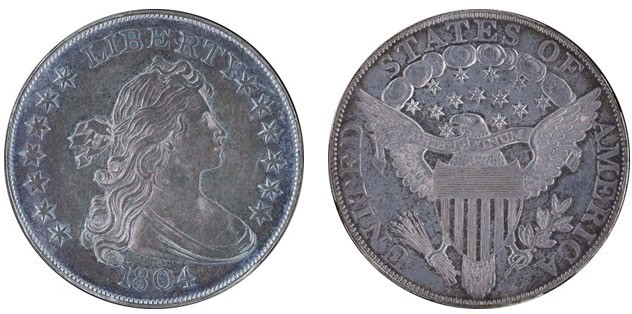
Antiques carry stories that span centuries, reflecting the artistry, craftsmanship, and history of their times. Read More.
14 Rare and Unusual Art Techniques You Should Know About
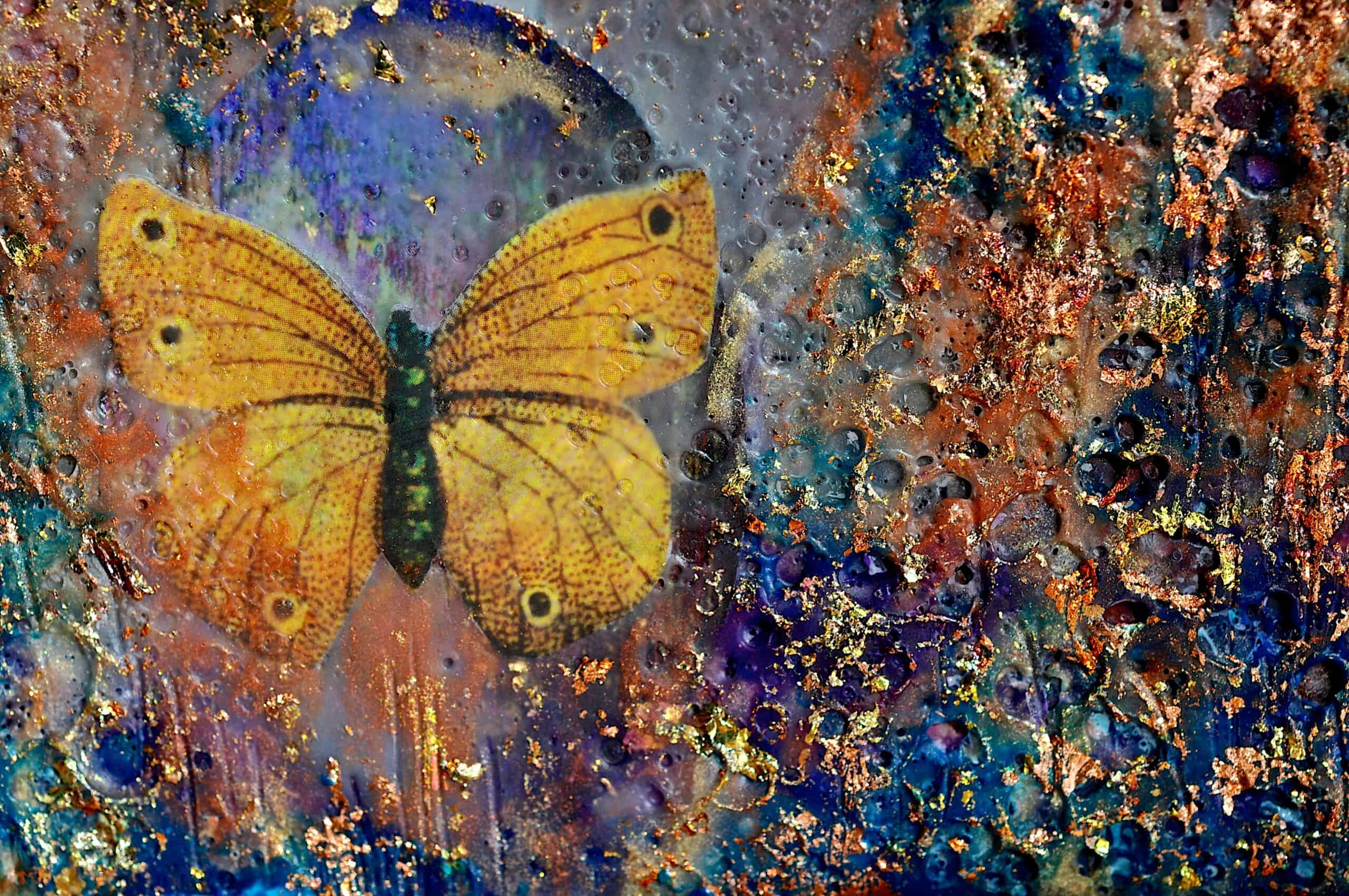
Exploring unique art techniques can expand your creative horizons. Many rare and unusual methods offer distinct and mesmerizing results. Read More.
